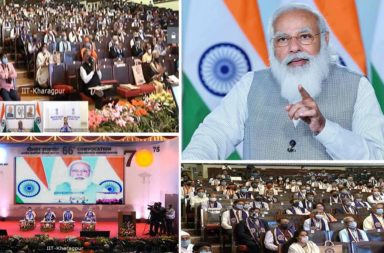The COVID-19 pandemic has pushed the world toward a reliance on virtual education, but a new report shows that two-thirds of school-age children around the globe do not have internet access at home. About 2.2 billion people aged 25 years or younger —including 1.3 billion children who are 3-17 years old— have no internet connection at home, according to a joint report released by the United Nations Children’s Fund (UNICEF) and the U.N.’s International Telecommunication Union (ITU).
The report also found that a similar lack of access among youths and young adults, with 63 per cent of all 15 to 24-year-olds unconnected at home. “That so many children and young people have no Internet at home is more than a digital gap, it is a digital canyon,” UNICEF chief Henrietta Fore warned in a statement. Lacking connectivity prevents young people from “competing in the modern economy. It isolates them from the world,” she said. Fore mentioned that the findings are alarming particularly as a result of the present state of affairs triggered by the COVID-19 pandemic, which has pressured hundreds of thousands of scholars to change to digital studying.
Nearly a quarter of a billion students worldwide are still affected by COVID-19 school closures, forcing hundreds of millions of students to rely on virtual learning. For those with no internet access, education can be out of reach. Even before the pandemic, a growing cohort of young people needed to learn foundational, transferable, digital, job-specific and entrepreneurial skills to compete in the 21st-century economy.
UNICEF and ITU said that the pandemic caused “the largest mass disruption of education in modern history” as countries had to board up school buildings. The U.N. says there were 31 countries with nationwide school closures as of Nov. 30, with many others functioning under a partial lockdown. About 250 million of the world’s children are still being impacted by school closures, according to UNICEF, and these students are heavily relying on digital learning.
The organizations found 6% of young people in low-income countries have internet access while 87% of young people in high-income countries have access at home. For example, in West and Central Africa, only 5% of young people have internet access at home, compared to the global average of 33%. Children in South Asia are also among those most affected by gap.
The digital divide is perpetuating inequalities that already divide countries and communities, the report notes. Children and young people from the poorest households, rural and lower-income states are falling even further behind their peers and are left with very little opportunity to ever catch up.





